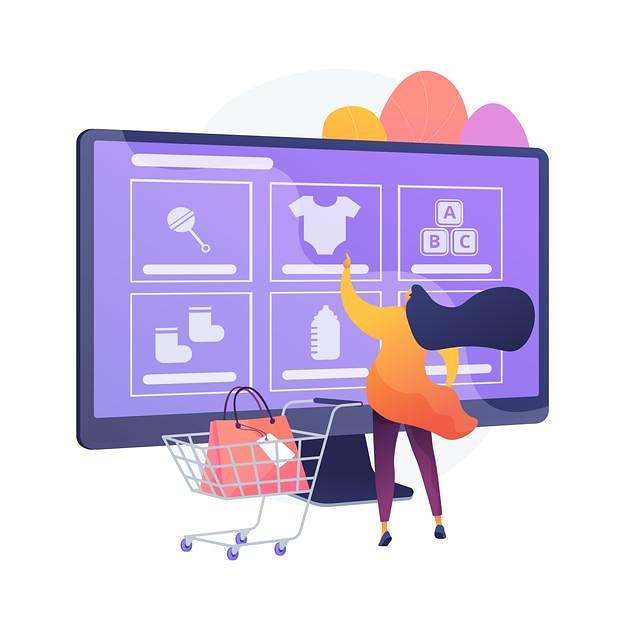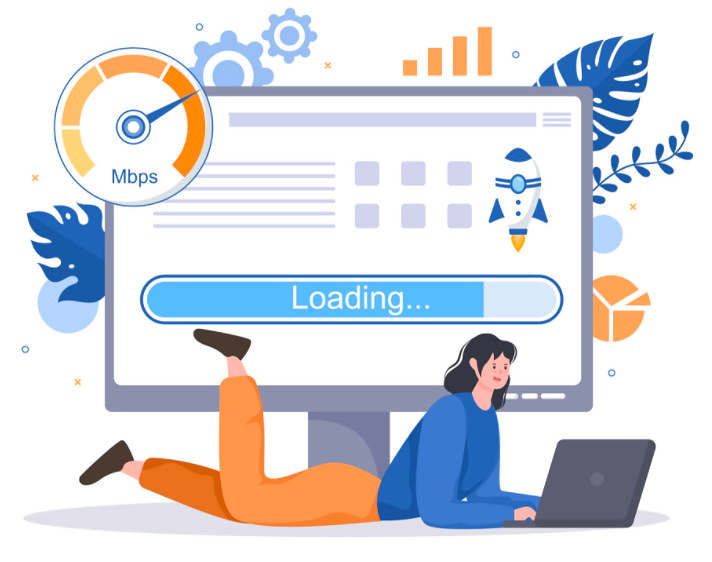7 Common Challenges Facing Ecommerce Businesses

Irene Wanja | Sep 21, 2021
Reading Time: 6 minutesSince the beginning of 2020, ecommerce has been on the rise due to Covid restrictions. Ecom stores are bringing in additional revenue for brick-and-mortar stores, which have expanded as they’re now able to reach a wider range of consumers around the world. However, don’t overlook the challenges that can accompany this phenomenon—the overall user experience needs to be considered.
Knowing what difficulties you might face as an ecom business owner can help you develop strategies to overcome these hurdles.
Key Knowledge and Challenges
There are a few important things to keep in mind:
- To run an ecommerce store, you need the right technological know-how to facilitate and assess your business. If running the business were a mathematical equation, getting the equation right would be key.
- When you start your business, make your first investment, or are looking to improve your revenue, always keep the customer experience in mind.
- If you’re aiming for a larger market share, be prepared to be competitive, creative, and use the right communication tools to get your brand noticed.
Let’s discuss some of the challenges facing your business.
1. Website page load
With so many online stores out there for people to choose from, the success of your business depends in part on how fast your webpages load. So, be sure to regularly check your page speed score with Google’s PageSpeed Insights or GTmetrix because your scores can drop over time.
Possible causes of a drop or variability in page speed include but are not limited to the following:
- Adding new apps to your store.
- Using large-format product images.
- The internet bandwidth rate of the user. People who are using the internet with low bandwidth rate may experience slow website page loads, and this is something the store owner cannot fix.
The speed of a website is important for several reasons:
- Customers can’t successfully make a purchase if your pages won’t load.
- A potential customer isn’t likely to return to a slow-loading website.
- Every second over three seconds that it takes a website to load reduces the appeal of the product to the customer.
- There’s a correlation between website abandonment and slow-loading webpages.
- Many ecommerce stores miss their sales targets due to slow websites.
All of these factors (and others) can contribute to poorer sales. Learn more about how page speed can affect your conversions.
2. Order fulfillment
Customer satisfaction depends on order fulfillment. In today’s fast-paced world, no one is willing to wait several weeks for a product they purchase online. For this reason, ecom store owners should ensure that they have an effective and efficient order-fulfillment process in place.
You may find yourself overloaded with products that need to be shipped to customers in different locations. If you lack the time, warehouse space, or personnel to get this done in an organized and timely manner, this can prove to be a major problem. That’s why many ecom businesses prefer to outsource order processing and fulfillment to a third-party company that can meet delivery times and ensures customer satisfaction.
To determine if order fulfillment is an issue, regularly look at your customer reviews, feedback from the surveys you conduct, and liaise with customer support to find out if they’re getting any fulfillment-related complaints.
3. Competition
Ecommerce businesses compete on pricing, product features, and services. While competition is one way to keep your business in line with current market trends, businesses also need to make personalized value propositions—especially with regard to pricing—in order to drive sales.
The current market is saturated with similar products, and this can be problematic for store owners. To secure the competitive edge, you need to be unique and have a brand that customers can identify with. You also need to use Google Analytics to better understand your customers so you can develop a strategy that reaches and resonates with potential customers.
4. Product images
The world today is visually oriented and the appearance of a product can make or break a sale. That’s why having the right high-quality photos helps ensure sustainable business growth.
Many customers may never have seen the product you’re selling and don’t know how to use it, so they want to see images on your site before purchasing. Here are some quick pointers on providing images that help potential customers understand your product better (and make them more likely to buy):
- It’s compelling if they can learn how to use the product while on your store by seeing the product in use.
- Captivating photos taken from different angles also entice the buyer because they get an idea of what the entire product looks like in terms of design, size, weight, and material(s) used.
- People like photos they can relate to. For example, an apparel store can get better results using people rather than mannequins to model clothing.
You can read more about optimizing ecom product images to increase revenue here.
5. Return policies
Shopping online can be a negative experience for customers who may receive a product that’s damaged or doesn’t meet expectations. A good, customer-centric company takes care of a customer’s complaints and handles each situation appropriately.
Countries have their own laws and time limits for returning goods. Return and exchange policies can also vary greatly between stores. The policies you adopt should be cost-effective for both the company and the buyer.
Creating a reliable policy that benefits both the business and the customer can prove tricky, but good business positioning requires the owner to embrace the unknown. Try new, innovative return policies instead of imitating what your competitors are doing, and make sure you build a good relationship with your customers.
6. Additional charges
It’s very important for customers to be informed in advance of extra charges that might be added to their order. For that reason, it helps if the shipping cost is added to an order before the user gets to the checkout payment page (i.e., before a purchase is made).
Be sure to do A/B split testing to determine how the information about additional cost is received by customers. Test results can help you determine the best place to put this information so that it comes across clearly and is well received by the user.
Some ecommerce stores have their shipping costs personalized, others offer free shipping terms for all products, and some add a tax to the customer’s order depending on which state the customer is in when placing the order. However you choose to do it, be sure people are informed of ALL additional charges before they get to the checkout payment page, or you risk cart abandonment.
7. Reviews
Good reviews left by satisfied customers can lead to sales … but so can negative ones! Getting the occasional negative review is normal—expected even. In fact, if you show nothing but four- and five-star reviews on your site, you can come across as untrustworthy and cause people to wonder if any of the reviews are legitimate.
The key is to treat negative feedback as an opportunity. Display your response to unfavorable reviews so people can see how you handled the situation, which will (hopefully) reflect well on you and your company and give potential customers the confidence to purchase from you.
Conclusion
Ecommerce business owners may face challenges such as website loading speed, competition, and proper product image design. Finding ways to overcome each hurdle is important. The ecom world evolves daily, so online store owners need to adapt to change and share problems and ideas with others in the ecom space. Remember, a problem shared is a problem halved!
About the author
Irene Wanja
Irene, a skilled Revenue Optimization Specialist for Build Grow Scale, combines an unparalleled focus on user research and a deep understanding of the ecommerce customer journey to orchestrate optimal shopping experiences. With an uncanny knack for detecting and addressing customer pain points through meticulous user testing, she utilizes tools such as moderated user tests, heatmaps, scrollmaps, and clickmaps to fast-track improvements in user experience and usability. Her keen eye for detail aids in swiftly spotting potential issues and implementing solutions, all while working closely with store owners and applying her intricate comprehension of user interactions. Passionate about software and technology, Irene immerses herself in enhancing her clients' business clarity, efficiency, and user satisfaction. Even though the value of user experience doesn't conform to a conventional numerical scale, the tangible outcomes of her work—improved user experience, amplified retention rates, and reduced customer support issues—are testaments to her prowess. Beyond her revenue optimization skills, Irene is a skilled writer and copywriter. She weaves her profound insights into engaging prose, crafting content that not only resonates with diverse audiences but also demystifies the complexities of user experience, consequently benefitting businesses worldwide.














